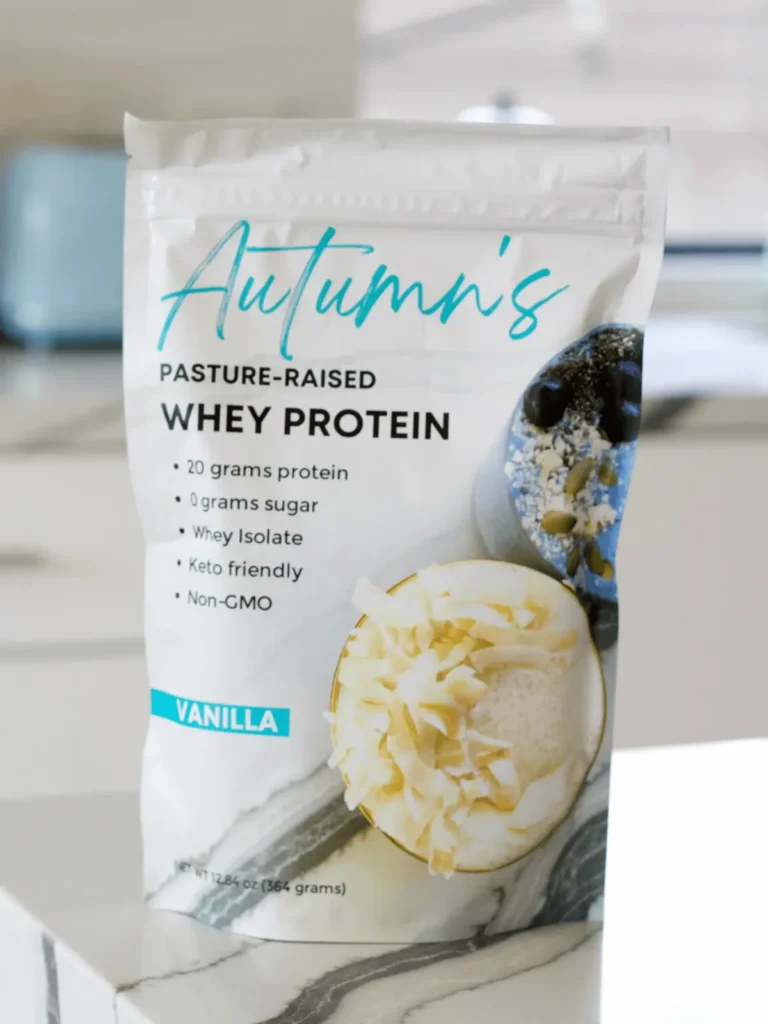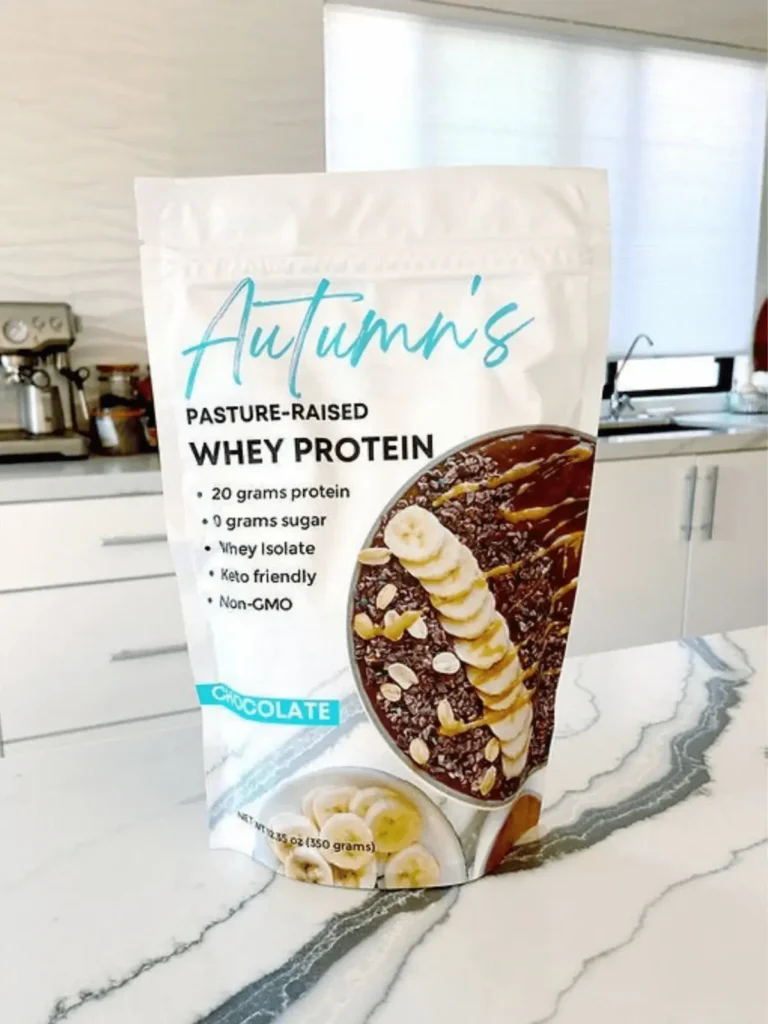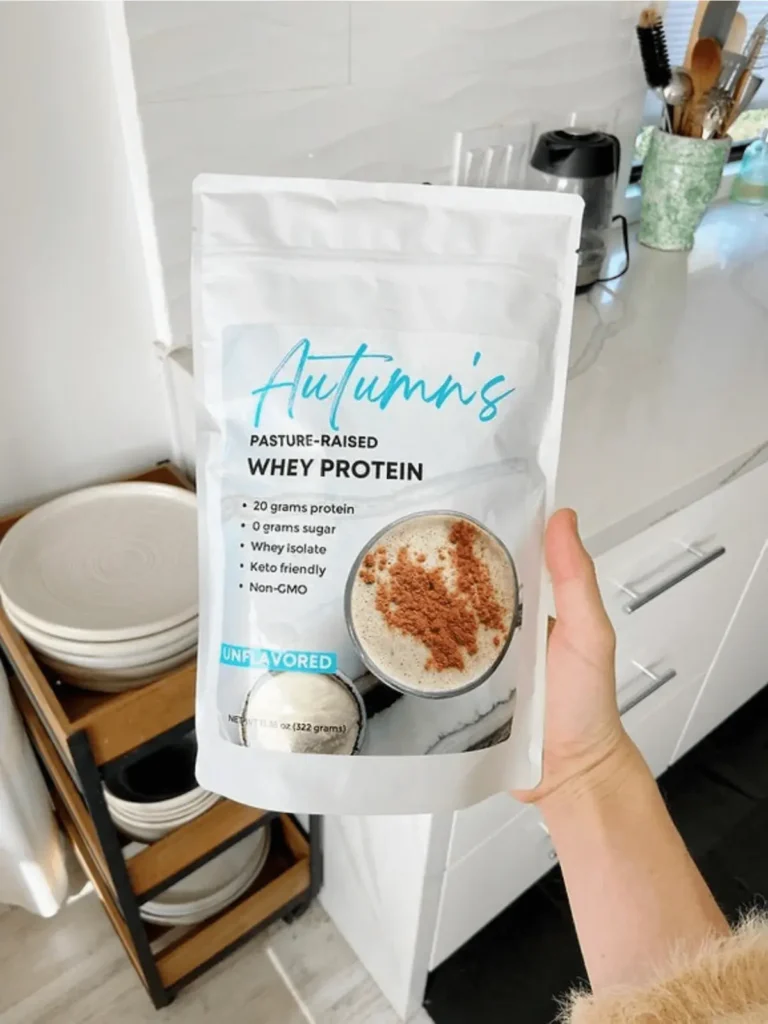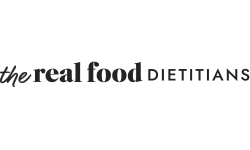These are the four simple rules you can follow to avoid and prevent a weight loss plateau. Here’s how to do it.
Regardless of what your weight loss goal is, eventually it is important to plateau once you achieve your goal.
But we obviously want to avoid weight loss plateaus before we’re close to our goal.
Unfortunately, most weight loss advice will lead to an inevitable slowing of the metabolism and various weight loss plateaus.
It’s important to implement four critical rules from the start of your journey to help maintain the metabolism and avoid a plateau until you’re actually ready for maintenance.
Today, I’m sharing four critical rules that have helped me as well as thousands of men and women throughout their weight loss and body recomposition journeys.
Related reading: How I lost 16 pounds in 8 weeks without counting calories
Let’s dive into it.

Rule 1: Avoid the “eat less, move more” mentality
Simply counting calories and restricting your intake will result in weight loss… in the beginning. But this simplistic method is notorious for causing various weight loss plateaus.
When we just “eat less” and don’t pay attention to the type of food that we’re eating, it can result in muscle loss along with any fat loss. This is a huge problem because muscle helps to maintain our metabolism and dictate our carb sensitivity.
When we have less muscle, the metabolism slows down. The body requires less energy to function than it used to, so you now need to reduce your intake even further to continue losing weight.
This cycle will continue as the body continues to lose muscle by simply “eating less”.
Rule 2: Don’t subtract, add!
Instead of just “eating less”, focus on “eating more” of the food that helps the body hold onto muscle while losing weight.
By holding onto muscle during the weight loss process, we’re able to prevent the metabolism from slowing down and therefore avoid a plateau. The foods that prevents muscle loss are those high in quality protein.
Protein has the additional benefit of raising satiety hormones which shuts off hunger and makes achieving a weight loss goal even easier. Plus, certain quality proteins have been found to be the healthiest, most nutrient dense foods you could eat (full blog post with the list HERE).
Structuring meals around ingredients like eggs, greek yogurt, whey protein, lamb, beef, pork, tempeh and fish help to reduce hunger, keep the metabolism healthy and make achieving a weight loss goal so much easier.
You can get the nutritional step-by-step details plus over delish 50 recipes with my brand new 6 Week Summer Meal Plan.
Grab it HERE.
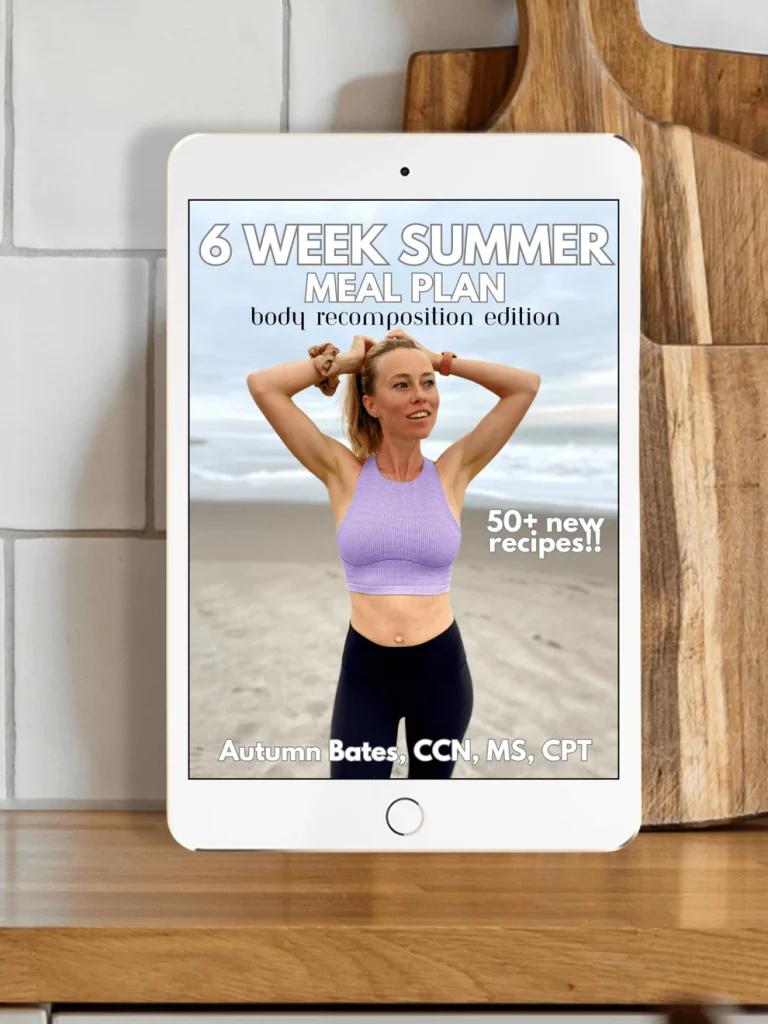
50+ NEW RECIPES!
The Body Recomposition
Meal Plan
The 6 Week Summer Meal Plan is focused on the science-backed tips, tools and recipes to help achieve a body recomposition goal.
Rule 3: Don’t aim to “burn fat” with exercise
The type of exercise most often used for weight loss is cardio because it burns the most calories.
However, just like with simply “eating less”, the goal with your exercise shouldn’t be to just “burn calories”, as this can lead to losing both muscle and fat.
Instead, exercise should be focused on maintaining or increasing muscle mass in order to maintain or boost the metabolism and reduce carb sensitivity.
The best type of exercise for preserving muscle is resistance training.
This can include traditional strength training (which is arguably the best for preserving muscle), body weight exercises, calisthenics, pilates and more.
Cardio is great for heart health but it isn’t great at sending the signal to the body to keep or build muscle. In fact, cardio can even result in muscle loss if it isn’t paired with resistance training.
Instead, try incorporating 2-5 days per week of a well structured resistance training program based on your fitness level.
Rule 4: Eat more when your body tells you
As you use strength training combined with eating the right types of foods to support fat loss, it’s common to initially feel very full and satisfied from your meals.
However, as the body fat percent drops down and muscle mass stays the same (or even goes up), you’ll likely find that your hunger level starts to go up a bit.
With a lower body fat percent, the body now has less fuel to pull from and needs to get more energy from food.
On top of the lower body fat, the metabolism has also likely gotten a bit of a boost due to maintaining or increasing muscle mass, further contributing to an increase in hunger.
If you simply eat the same amount and ignore the hunger cues, the body will start to reduce muscle mass to compensate for the lack of nourishment.
It’s important to eat according to hunger cues to prevent losing your hard earned muscle and protect your metabolism.
However, what you eat still matters. The emphasis should be on foods that protect the muscle and reduce hunger while nourishing the body.
This includes protein, fat and fiber-packed foods like avocado, beef, eggs, leafy greens, raspberries, blueberries and cottage cheese.
You can checkout four delicious protein, fat and fiber loaded breakfasts with THIS blog post.
Kickstart Your Journey
Shop Autumn’s Whey Protein Powder
Our delish bestselling zero added sugar, gluten & heavy metal tested whey protein powder!
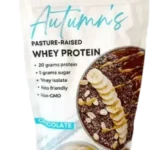



![Do Beans Cause Inflammation? [Plant Paradox]](https://autumnellenutrition.com/wp-content/uploads/2025/09/chickpeas-on-a-baking-sheet-768x1024.jpg)


